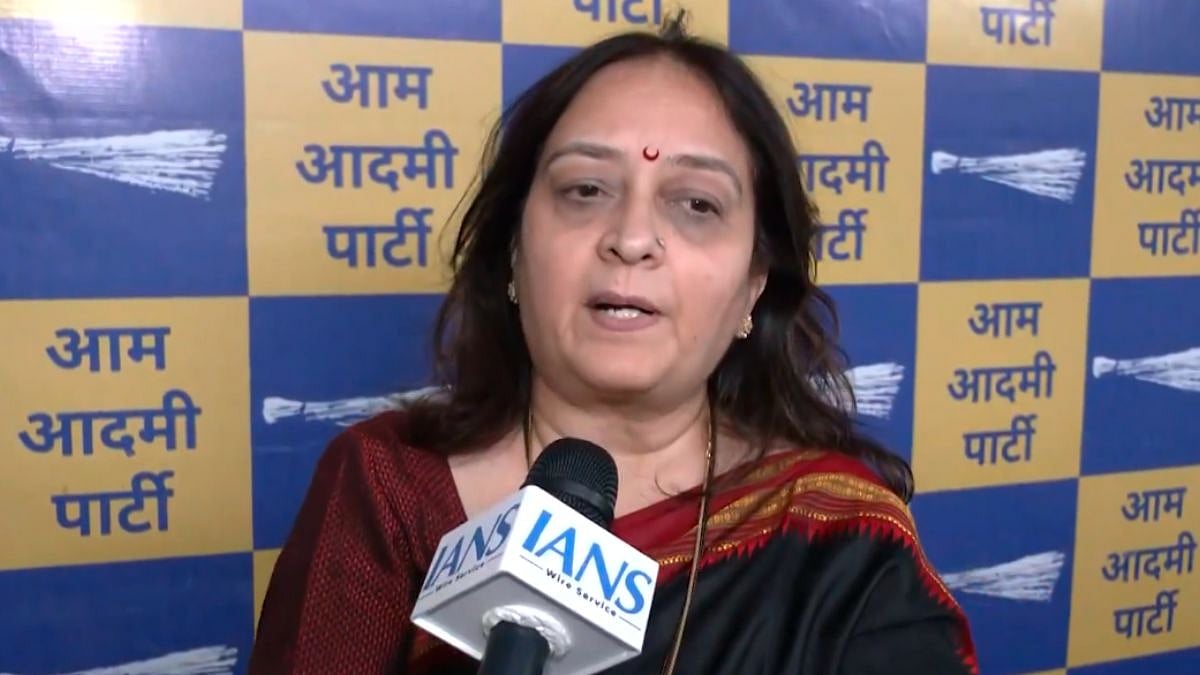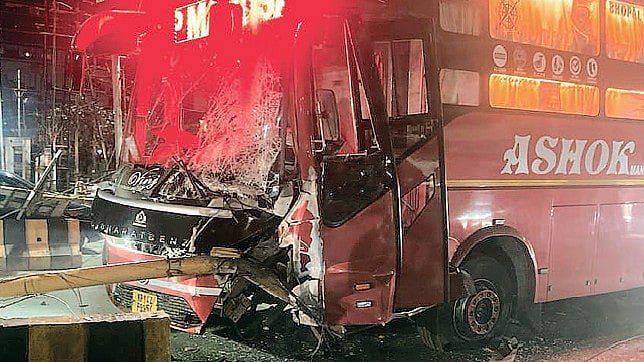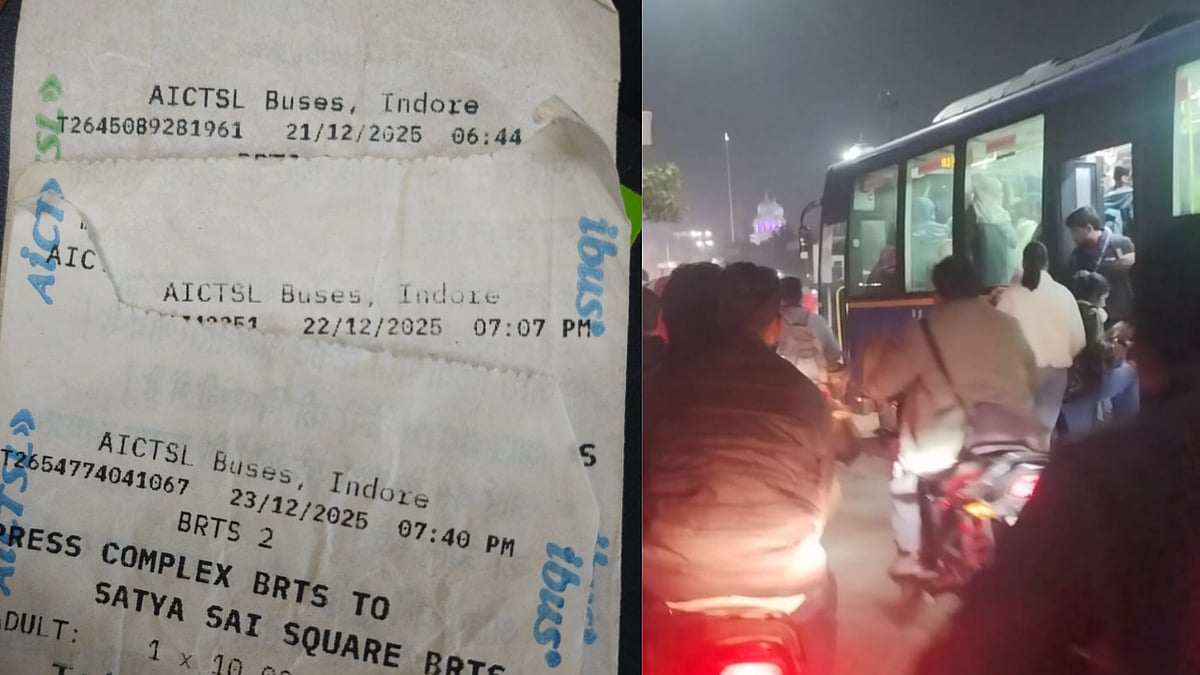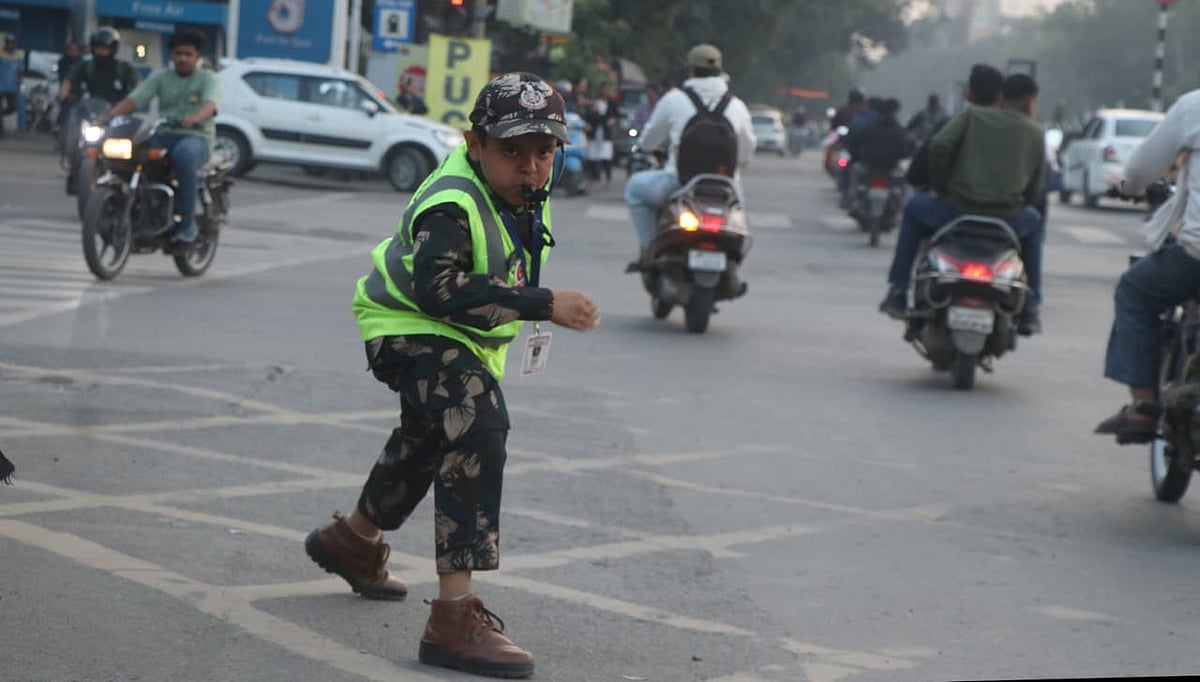Indore : The vigorous efforts of district education department has failed to impact rural areas of Indore as the statistics reveals huge disparity between the numbers of drop-outs in rural and urban areas.
The facts updated by Madhya Pradesh education portal displays a shocking picture of drop-outs as all the age groups 5-8, 8-11, 5-11, 11-14 mapped by the education board are showing massive drop-outs in rural areas.
In middle school age group of 5-11, the drop-out rate has gone down to 17,541 in rural areas in comparison of 2,615 of urban areas. The figures are shocking because numerous initiatives were carried out to combat this disparity but it has failed to make a mark.
Officials from the district education departments are cribbing about the stubborn attitude of parents, who refrain their kids from attending schools. Rural areas of the district are classified with under-privileged sections, rag pickers, labourers and people who struggle for their daily bread and butter.
And, their struggle for daily bread is making it a tough task for the officials to convince parents for enrolments. Ram Chandra Gautam, District Planning Officer said, “It is very tough to convince parents for enrolments. Every time our representative goes up to them, they cry out about their monetary inefficiency. Free textbooks, uniforms, mid-day meals provided by the state government to the children in schools fail to attract them.”
Although, the DPO claims to make continuous efforts in support of Aganwadi and NGOs to bring maximum number of school drop-outs to schools, the claim is counter attacked by Rakesh Chandore, coordinator of Deen Bandho social institution as he said, “All the seven NGOs working with School Chalein Hum Abhiyan are working in urban areas only and the Aganwadis are taking the responsibility of enrolments in rural areas.”
Rakesh claimed that insufficient school buildings and infrastructure in these areas was one of the major reasons for drop-outs. Justifying his statement, Rakesh said, “Area near Choithram mandi lacks proper government school infrastructure, a one-room community hall is being used to teach students. The area is densely populated with shanty towns and kids who are compelled to study under one roof and reasons like these are diverting them from schools.”
The issue of lack of school infrastructure is taken in the notice of the government and the Collector has instructed the education department to build up Non-Residential Training Areas in the district where children, who took drop out from schools can be trained again.









